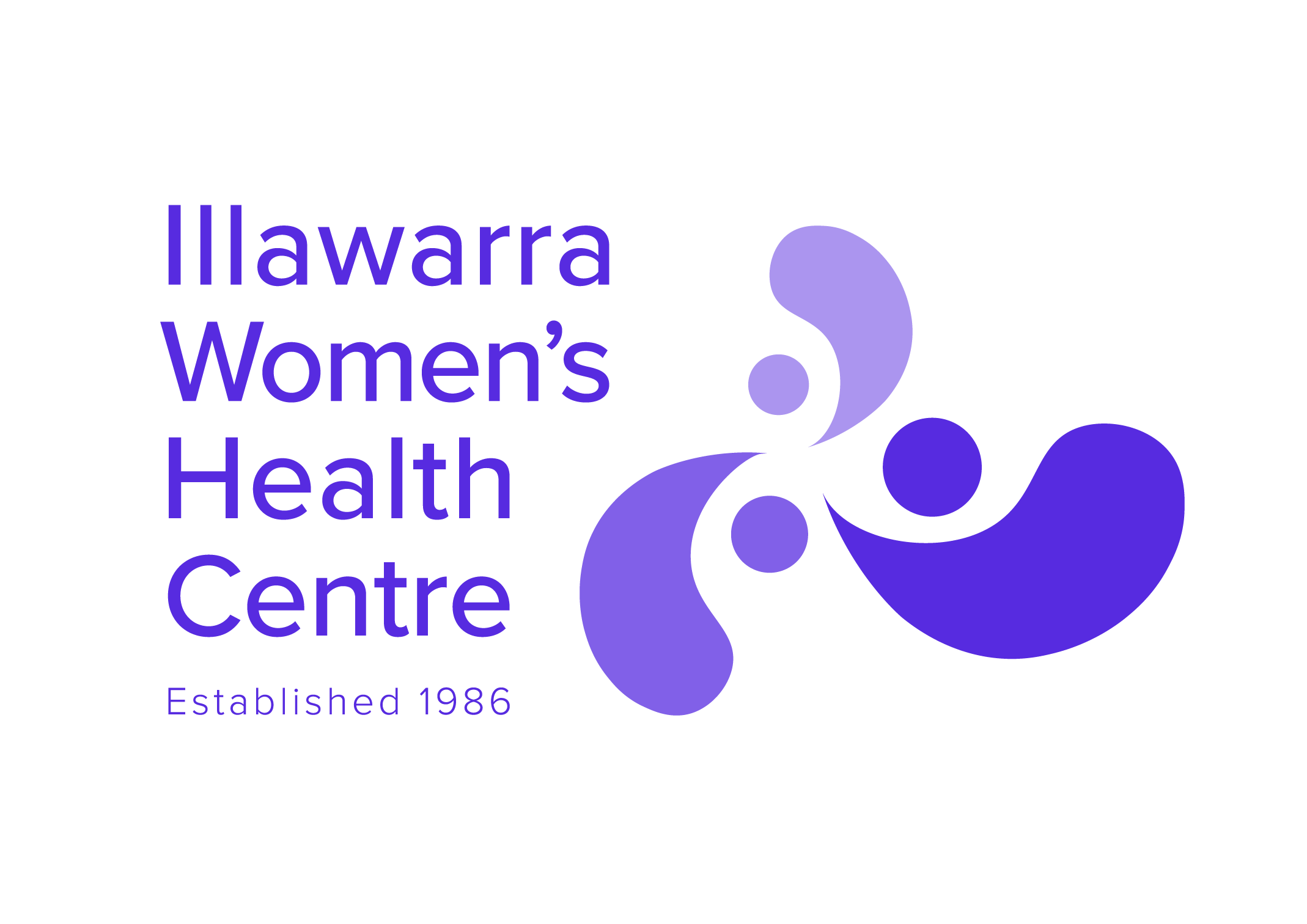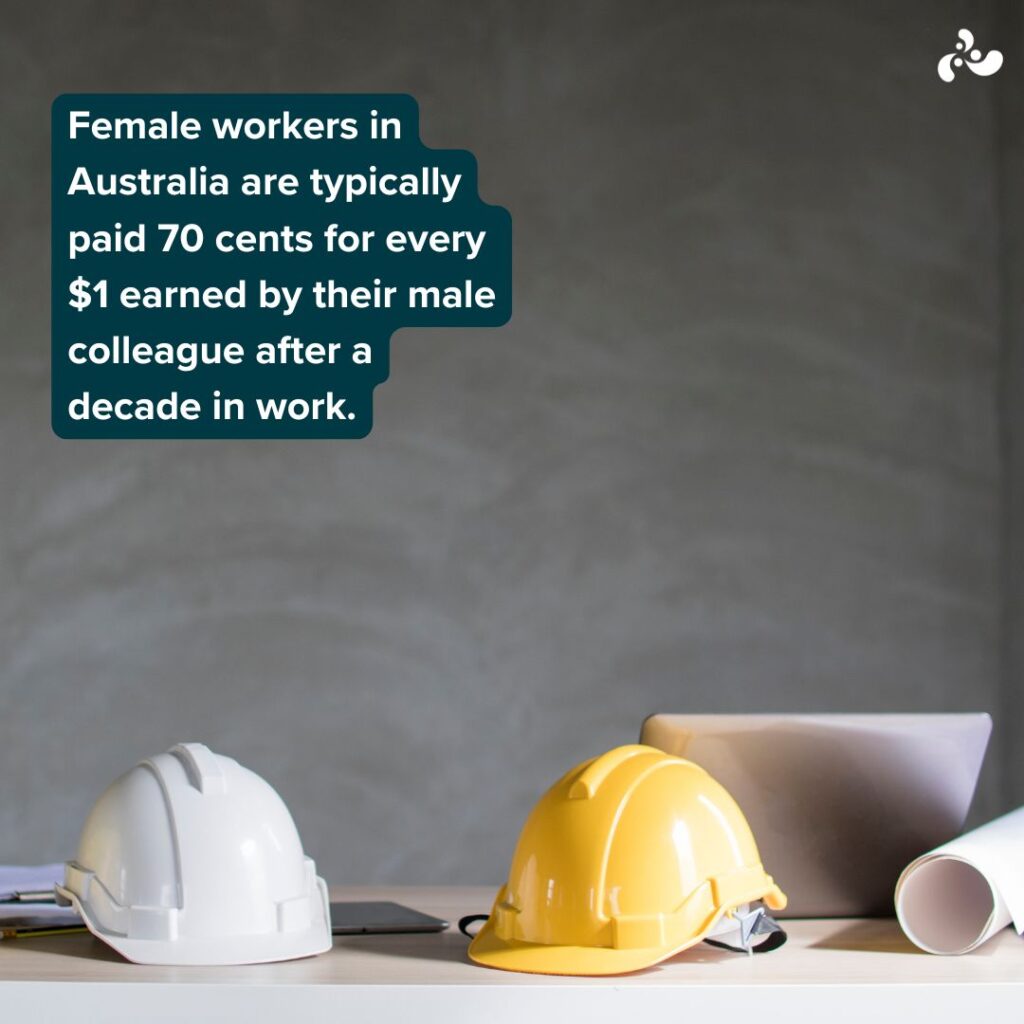New data digging into the gender pay gap has found that men are paid more than women in 98% of occupations, with female workers in Australia typically paid 70 cents for every $1 earned by their male colleague after a decade in work.
The national report into gendered jobs, work, and pay has laid bare the scale of pay inequality in Australia.
The report showed males outearn females in 98 per cent of the 688 occupations analysed.
Even in sectors where women make up the bulk of the workforce, such as nursing and aged care, men are still paid more. And First Nation women face the highest pay gaps, with a 10-year gap of 38.1 per cent.
The report showed the median wage for a female registered nurse was $65,630 compared to $103,770 for a male in the same role. The median wage for a female florist is $39,270, compared to $55,180 for a male.
“We see the impact of the pay gap every day, on women’s ability to pay the rent, buy groceries, or make hard decisions on what to prioritise,” said Illawarra Women’s Health Centre Executive Director, Sally Stevenson.
“Until women’s work is valued equally, we’ll keep seeing the results of this financial stress walk through our doors.”
The New Perspectives on Old Problems report from Jobs and Skills Australia (JSA) shows nearly 70 per cent of jobs remain heavily gender-segregated, with little change in the past 15 years.
In practical terms, that means men and women are still clustered in “traditional” occupations, from trades and heavy industry on one side, to health, education and community services on the other.
But there are rare reversals, even in male-dominated sectors. Women working as project builders are earning around 12 per cent more than men, taking home a median of $98,370 a year. Earthmoving plant operators see a similar edge for women, at just over six per cent.
JSA’s Deputy Commissioner, Megan Lilly, said in The Guardian that addressing the pay gap was about boosting productivity and addressing skills shortages.
“Gender segregation is exacerbating skill shortages, exacerbating the pay gap, and too many cohorts of women are disadvantaged. And this is all at the expense of a more inclusive and productive society,” she said.
“Fix segregation and you fix occupational shortages and gender pay gaps.”
Ms Stevenson agreed: “We need employers and policymakers to stop talking about the pay gap and start closing it. Every day they delay is another day women are short-changed.”
The Illawarra Women’s Health Centre provides a number of services to women in the region, including mental health counselling, domestic and sexual violence casework, access to financial counselling and legal advice.

